Harm Reduction Section
Publications
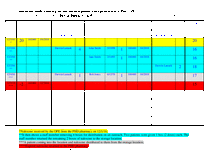 Naloxone Medication Log for Secure Designated Storage Location – Sample
Harm Reduction - Form
January 19, 2017
Naloxone Medication Log for Secure Designated Storage Location – Sample
Harm Reduction - Form
January 19, 2017
This an example of how to complete the log (required by regulation) tracking naloxone medication.
 Naloxone Medication Log for Secure Designated Storage Location
Harm Reduction - Form
January 19, 2017
Naloxone Medication Log for Secure Designated Storage Location
Harm Reduction - Form
January 19, 2017
This is a log (required by regulation) tracking naloxone medication.
 Naloxone: Drug Information Sheet
Harm Reduction - Help
November 22, 2016
Naloxone: Drug Information Sheet
Harm Reduction - Help
November 22, 2016
This is a patient information leaflet about Naloxone (Narcan) for intra-nasal use.
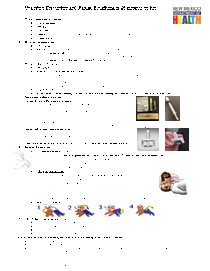 Overdose Prevention and Rescue Breathing in 20 Minutes or Less
Harm Reduction - Help
November 16, 2016
Overdose Prevention and Rescue Breathing in 20 Minutes or Less
Harm Reduction - Help
November 16, 2016
This helpful document explains how what causes an overdose, how to recognize an overdose, what to do if an overdose occurs, how to perform rescue breathing, how to administer naloxone, overdose myths, and more.
Prevención de Sobredosis y Rescate de Respiración en 20 Minutos o Menos
 Naloxone Standing Order for Overdose Prevention and Education Programs
Harm Reduction - Policies, Protocols & Procedures
October 18, 2016
Naloxone Standing Order for Overdose Prevention and Education Programs
Harm Reduction - Policies, Protocols & Procedures
October 18, 2016
To contribute to decreasing morbidity and mortality related to opioid overdose, this standing order permits clinical staff of registered overdose prevention and education programs to obtain, store, and dispense/distribute naloxone to eligible clients; and non-clinical staff and volunteers who have completed the hepatitis and harm reduction certification training to obtain, store and distribute naloxone to eligible clients.
 Syringe Services Daily Log Form
Harm Reduction - Form
June 24, 2016
Syringe Services Daily Log Form
Harm Reduction - Form
June 24, 2016
Use this form to log syringe services.
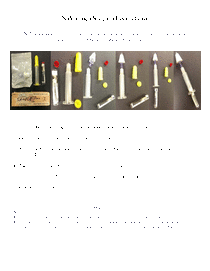 Nasal Naloxone and Rescue Breathing Instructions
Harm Reduction - Help
June 15, 2016
Nasal Naloxone and Rescue Breathing Instructions
Harm Reduction - Help
June 15, 2016
This helpful document provides instructions and photos that explain how to prepare, store, and maintain naloxone.
 NMSA 1978 §§ 24-2C
Harm Reduction - Policies, Protocols & Procedures
April 1, 2014
NMSA 1978 §§ 24-2C
Harm Reduction - Policies, Protocols & Procedures
April 1, 2014
Harm Reduction Act
 NMSA 1978 §§ 24-23-1
Harm Reduction - Policies, Protocols & Procedures
April 1, 2014
NMSA 1978 §§ 24-23-1
Harm Reduction - Policies, Protocols & Procedures
April 1, 2014
Statute for Naloxone Distribution
 NMSA 1978 §§ 30-31-25.1
Harm Reduction - Policies, Protocols & Procedures
April 1, 2014
NMSA 1978 §§ 30-31-25.1
Harm Reduction - Policies, Protocols & Procedures
April 1, 2014
Possession, Delivery or Manufacture of Drug Paraphernalia Prohibited; Exceptions
 NMSA 1978 §§ 61-11-7
Harm Reduction - Policies, Protocols & Procedures
April 1, 2014
NMSA 1978 §§ 61-11-7
Harm Reduction - Policies, Protocols & Procedures
April 1, 2014
Drug Dispensation Limitations (Pharmacy)
 NMSA 1978 §§ 61-11-22
Harm Reduction - Policies, Protocols & Procedures
April 1, 2014
NMSA 1978 §§ 61-11-22
Harm Reduction - Policies, Protocols & Procedures
April 1, 2014
Exemptions From Act (Pharmacy)
 Overdose/Naloxone 3 Hour Training Curriculum (Old)
Harm Reduction - General
August 3, 2011
Overdose/Naloxone 3 Hour Training Curriculum (Old)
Harm Reduction - General
August 3, 2011
This curriculum is old and is only available for historical purposes.
 Effects of Varying Concentrations of Bleach on in vitro HIV-1 Replication & Relevance to Injection Drug Use
Harm Reduction - General
August 3, 2011
Effects of Varying Concentrations of Bleach on in vitro HIV-1 Replication & Relevance to Injection Drug Use
Harm Reduction - General
August 3, 2011
The use of bleach as a disinfectant for drug injection equipment in the intravenous-drug-using population was recommended early in the HIV-1/AIDS epidemic. Epidemiological studies have challenged the use of bleach as an effective measure to prevent HIV-1 transmission.
 Why NMDOH Does Not Recommend the Use of Bleach to Clean Syringes
Harm Reduction - General
August 3, 2011
Why NMDOH Does Not Recommend the Use of Bleach to Clean Syringes
Harm Reduction - General
August 3, 2011
In recent ECHO discussion, the question of using household bleach to clean syringes was discussed. The NMDOH Harm Reduction Program does not recommend the use of bleach to clean syringes in order for syringes to be re‐used. The recommendation is that participants use a new syringe for each shot.
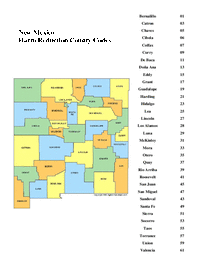 Harm Reduction County Codes
Harm Reduction - Help
August 3, 2011
Harm Reduction County Codes
Harm Reduction - Help
August 3, 2011
This document provides the county codes for use in harm reduction forms.
 Hypochlorite (1%) is Inefficient in Decontaminating Blood Containing Hypodermic Needles
Harm Reduction - General
August 3, 2011
Hypochlorite (1%) is Inefficient in Decontaminating Blood Containing Hypodermic Needles
Harm Reduction - General
August 3, 2011
Infectious biomedical waste and sharps have a potential hazard of transmission of pathogens. Among sharps, used needles form a major share and disinfection by 1 % hypochlorite is recommended in biomedical waste management rules of India. The aim of the present study was to evaluate the efficacy of hypochlorite for the decontamination of needles.
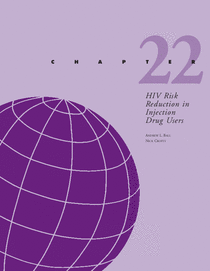 HIV Risk Reduction in Injection Drug Users
Harm Reduction - General
August 3, 2011
HIV Risk Reduction in Injection Drug Users
Harm Reduction - General
August 3, 2011
Infectious biomedical waste and sharps have a potential hazard of transmission of pathogens. Among sharps, used needles form a major share and disinfection by 1 % hypochlorite is recommended in biomedical waste management rules of India. The aim of the present study was to evaluate the efficacy of hypochlorite for the decontamination of needles.
